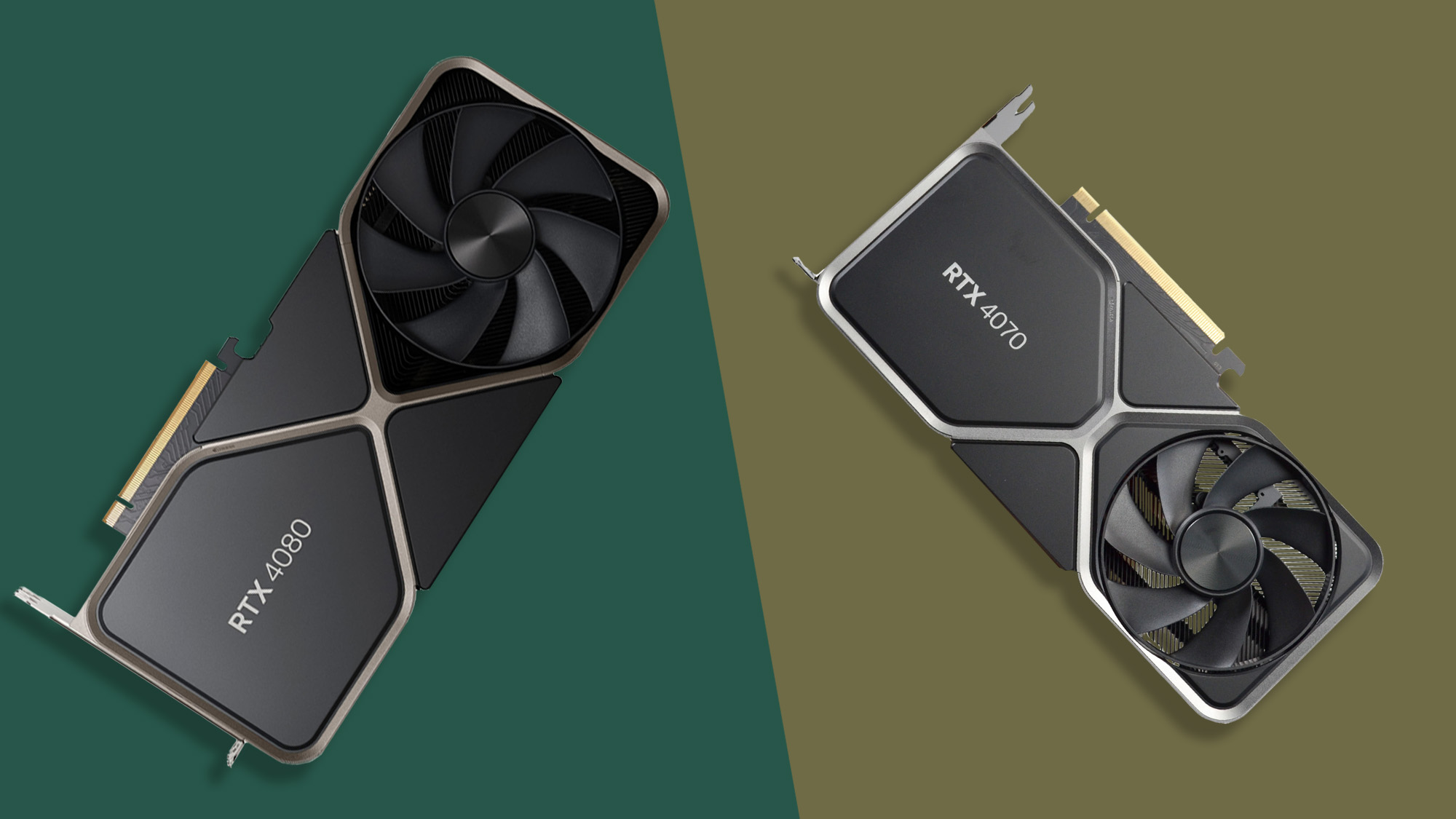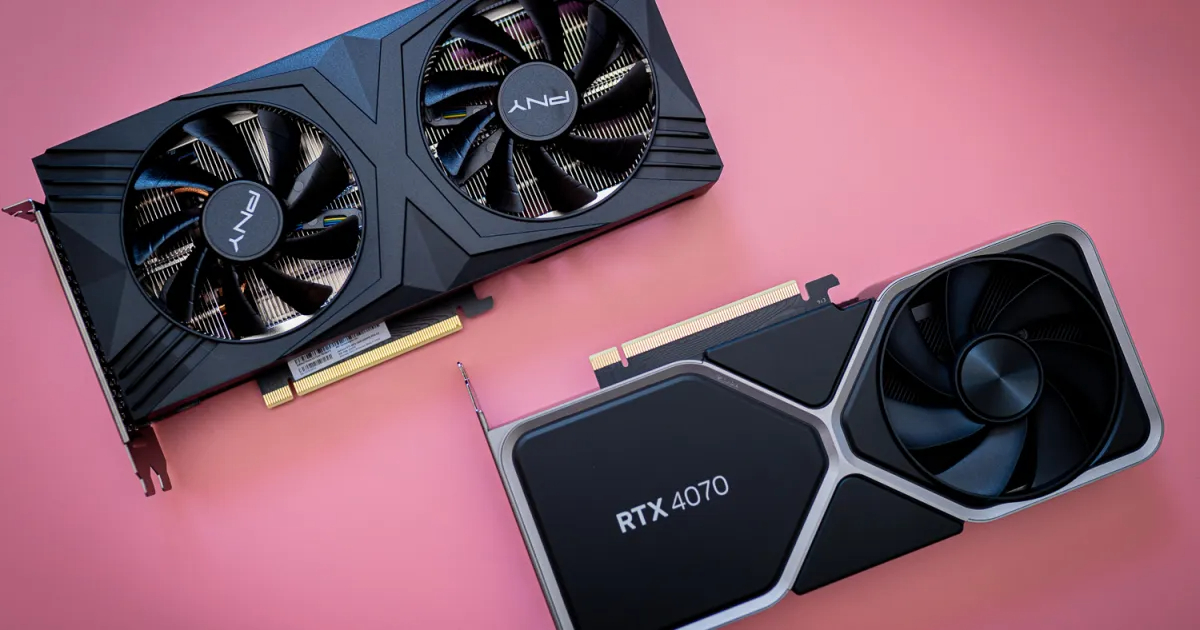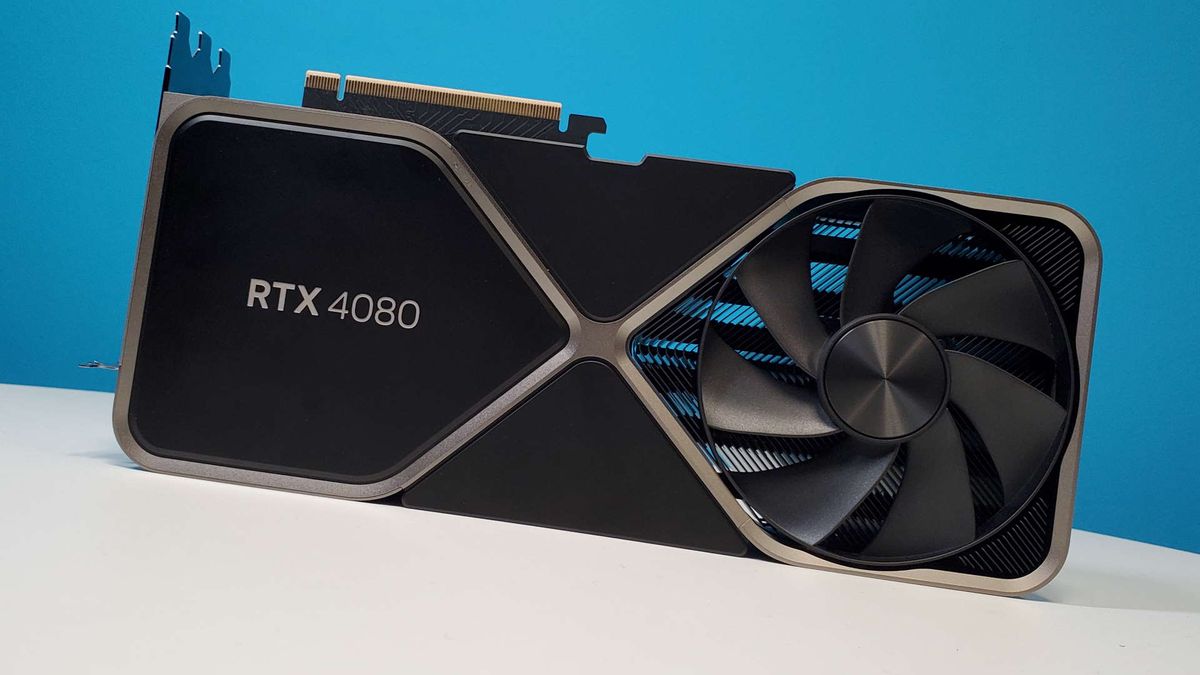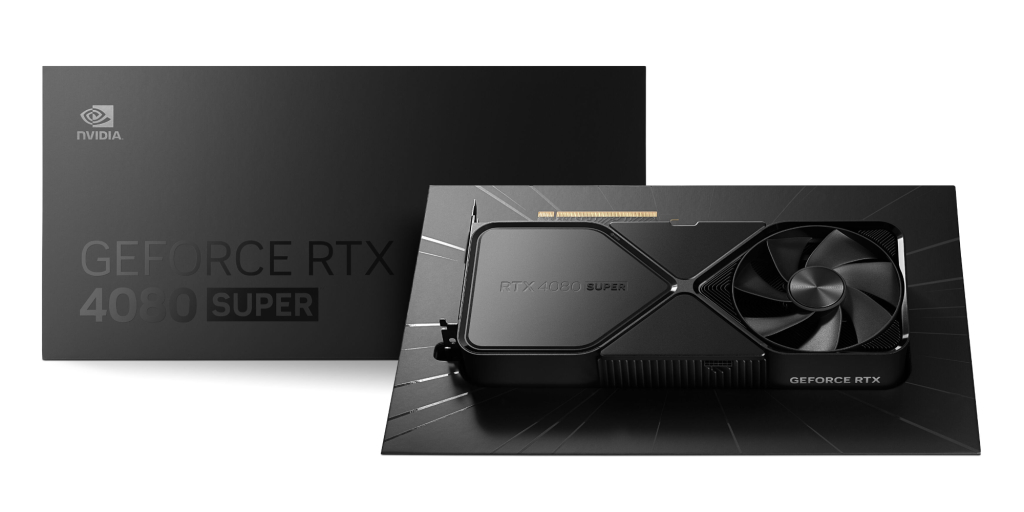When it comes to powerhouse graphics cards, NVIDIA’s offerings are often at the forefront of many tech enthusiasts’ minds. The release of the 4070 Ti and the 4080 has sparked intense debate among gamers and professionals alike, with each card boasting impressive specs and technological advancements. This article pits the NVIDIA 4070 Ti against the 4080 in a head-to-head comparison, examining their performance, features, value for money, and potential impact on various user needs.
Speed and Graphics Quality
4070 Ti: A Balance of Price and Power
The NVIDIA 4070 Ti is a formidable graphics card, offering high-end performance at a relatively more accessible price point. With a strong core count and ample memory, it manages to run modern games seamlessly at high resolutions and maintain respectable frame rates. It stands out as an excellent choice for gamers seeking a card that hits the sweet spot between cost and performance.
4080: The Powerhouse for Enthusiasts
The NVIDIA 4080, on the other hand, takes performance up a notch, justifying its higher price tag with even more CUDA cores and a larger memory buffer. This GPU excels in rendering complex scenes and achieving ultra-high-definition graphics without breaking a sweat. For those who demand the best, the 4080 delivers, offering unrivaled graphics quality and speed for the ultimate gaming experience.

Ray Tracing and AI Capabilities
Realistic Gaming with Ray Tracing
Both the 4070 Ti and the 4080 are equipped with dedicated ray tracing cores, but the 4080’s more advanced hardware pushes the boundaries of realism in lighting effects. Gamers and developers can enjoy even more detailed and dynamic environments in their games, though the 4070 Ti holds its own, offering a significant improvement over its predecessors in this technology.
AI-Driven Performance Enhancements
AI performance is another battleground for these two GPUs. The 4080’s superior Tensor Cores make features like NVIDIA’s DLSS (Deep Learning Super Sampling) more effective, providing smoother visuals at high frame rates. While the 4070 Ti also supports AI enhancements, the 4080’s additional capabilities make it a clear winner for those who prioritize cutting-edge AI-driven graphics performance.

Assessing Cost vs. Performance
4070 Ti: High-End Performance on a Budget
The 4070 Ti strikes an attractive balance between price and functionality, offering many of the cutting-edge features found in the more expensive 4080 but at a more palatable price point. This makes it an appealing option for gamers and professionals who need high performance but are also conscious of their budget.
4080: Investment in Future-Proofing
The 4080’s higher cost is an investment in longevity and top-tier performance. With additional features and more robust specs, this GPU is more likely to handle future software and game releases without the need for an upgrade. The 4080 may be the better choice for those willing to pay a premium for a card that will remain at the forefront of technology for years to come.

Gaming, Creativity, and Beyond
Meeting the Demands of Hardcore Gamers
For hardcore gamers who accept no compromises in their gaming rigs, the 4080 might be the preferred choice. Its ability to effortlessly handle 4K gaming and VR applications makes it a future-proof beast that can take on any title thrown its way.
Powering Professional Creative Workflows
In professional settings where rendering times and multitasking capabilities are critical, the 4080 shines. Creative professionals such as video editors, 3D animators, and architects will benefit from the faster processing and larger memory of the 4080, which allows them to work more efficiently and effectively.

Comparing Architectural Innovations and Efficiency
Architectural Superiority for Enhanced Performance
The RTX 4070 Ti and 4080 both utilize NVIDIA’s latest architecture, which brings notable improvements in energy efficiency and processing power. The 4080, with its additional cores and refined architecture, offers greater raw compute power, which translates to faster processing speeds and the ability to handle more complex algorithms and tasks smoothly.
Efficiency: Maximizing Power for Every Watt
When it comes to power efficiency, both cards are designed to deliver more performance per watt compared to previous generations. However, the 4080 has an edge due to its more advanced power management technologies, providing users with a more energy-efficient operation under heavy loads, which can be particularly important for users with high daily usage or those concerned with electricity costs.

Feature Set and Expansion Capabilities
Ready for Multitasking and Multiple Displays
Both GPUs support a multi-display setup, capable of driving high-resolution monitors for an expansive workspace. The 4080 has the upper hand in multi-tasking environments, thanks to its higher bandwidth and memory capacity, which allows for smoother transitions and handling of multiple applications simultaneously.
Expandability for the Tech Enthusiast
While both cards offer cutting-edge features out of the box, the 4080’s superior specs make it more suitable for tech enthusiasts looking to push their systems to the limit. Whether it’s overclocking for gaming or integrating additional hardware for a custom build, the 4080 provides the headroom necessary for such expansions, while the 4070 Ti might cater to users with more moderate upgrade plans.
Ecosystem and Software Support
Leveraging the NVIDIA Software Suite
Both the RTX 4070 Ti and 4080 benefit from NVIDIA’s comprehensive software suite, including GeForce Experience for game optimization and NVIDIA Studio for creative applications. However, the 4080’s advanced capabilities mean it can take fuller advantage of software features like AI-driven filters, scene reconstruction, and more, offering enhanced user experiences.
Long-Term Software and Driver Support
NVIDIA is known for its long-term driver support, ensuring its GPUs age gracefully. While both the 4070 Ti and 4080 will receive continuous driver updates, the 4080’s superior hardware makes it more likely to benefit from future software optimizations and feature introductions, potentially extending its relevance even further into the future.
Community and Market Response
The Gamers’ and Creators’ Choice
Since their release, both the 4070 Ti and 4080 have garnered attention from gaming and creative communities. The 4070 Ti is praised for its value proposition, bringing impressive performance at a lower entry point, while the 4080 is celebrated for its ability to deliver unmatched performance for the most demanding applications, solidifying its reputation as the go-to choice for power users.
Market Trends and Resale Value
Market trends indicate a strong interest in both models, but the 4080’s higher initial cost might yield a better resale value in the long run due to its high-end positioning. Enthusiasts who frequently update their rigs might find the 4080 to be a more economically strategic choice, considering its potential to maintain value as newer models are introduced.
In conclusion, the NVIDIA 4070 Ti and 4080 offer different value propositions that cater to distinct markets. The 4070 Ti serves as a high-performing, cost-effective solution for gamers and professionals looking to upgrade without breaking the bank. The 4080, however, is an investment in top-tier performance and future-proofing, making it an ideal choice for enthusiasts and professionals who require the best possible graphics and processing capabilities. Ultimately, the decision between the two will depend on individual performance needs, budget considerations, and long-term usage plans.
